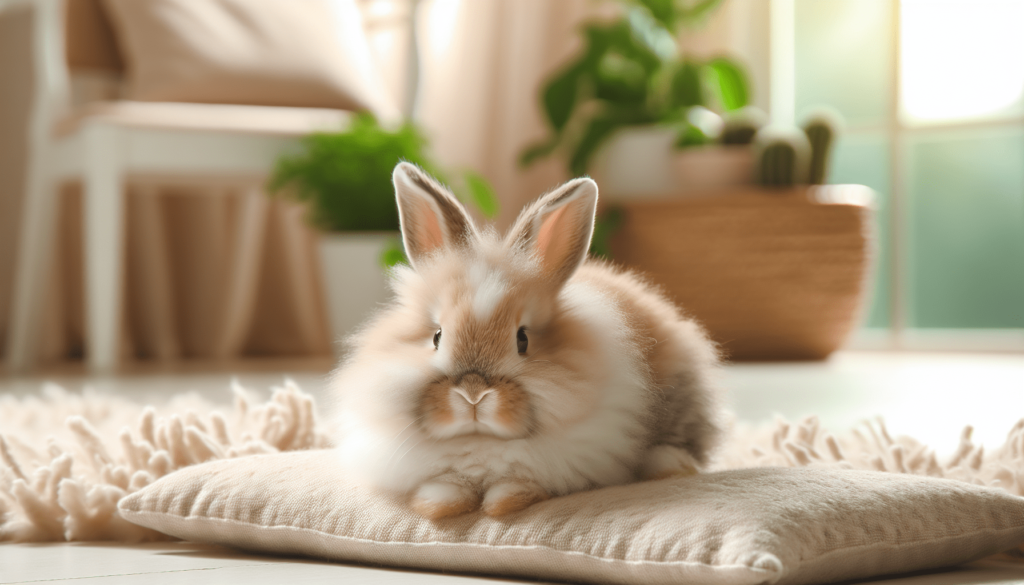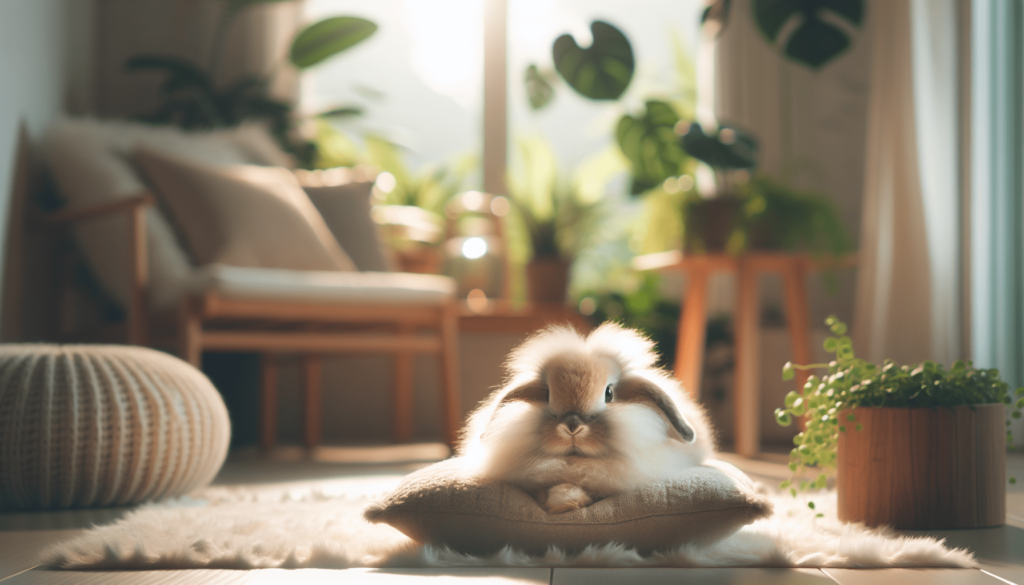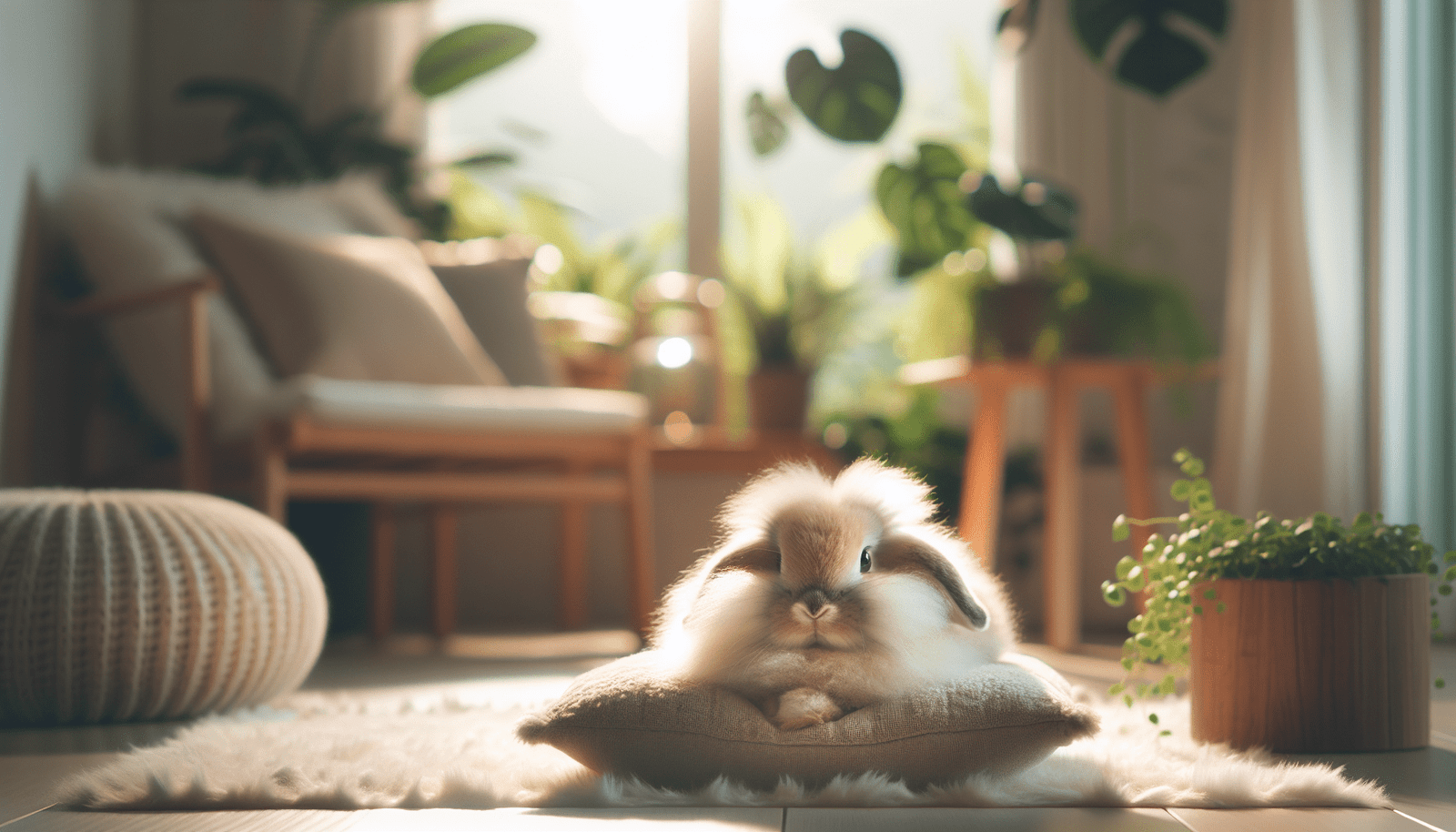Have you recently brought a fluffy rabbit into your home or are you considering welcoming one as part of your family? These adorable, gentle creatures can make fantastic pets and provide endless joy and companionship. But like any pet, they come with their own set of needs and quirks. This guide will help you understand how to best care for your rabbit and ensure they lead a happy, healthy life alongside you.

Understanding Your Rabbit
The Nature of Rabbits
Rabbits are social creatures that, in the wild, live in large colonies. They are crepuscular, meaning they are most active at dawn and dusk. This trait can work nicely in the home, as they tend to nap during the day and late night, coinciding well with working hours and evening relaxation times.
Recognizing Rabbit Breeds
Not all rabbits are created equal, and there are many different breeds each with unique characteristics. Some are small like the Netherland Dwarf, while others can be quite large like the Flemish Giant. Understanding your rabbit’s specific breed can help you better cater to their individual needs, from dietary requirements to space considerations.
Setting Up the Perfect Home
Housing Considerations
When it comes to housing your rabbit, space is key. Although they might not demand too much room, you should still provide a comfortable and secure environment. A good rule of thumb is that a rabbit’s living area should be at least four times the size of the rabbit. Ensure their space is enclosed to prevent unwanted escapes.
Cage vs. free roam
The decision between keeping your rabbit in a cage or letting them roam freely depends on your living situation. If you choose a cage, ensure it’s spacious enough with room to move about and stand up on their hind legs. Many rabbit owners opt for free roaming in a rabbit-proofed part of the house, as this allows for more natural behavior and constant exercise.
Essential Accessories
To keep your rabbit happy and healthy, there are a few must-have accessories:
- Litter Box: Rabbits can be trained to use a litter box, making cleanup easier.
- Hay Rack: Rabbits eat a lot of hay, and keeping it in a rack helps keep it clean and accessible.
- Hiding Spot: A little house or tunnel for your rabbit to retreat to makes them feel safe.
- Perches and Platforms: Some rabbits enjoy hopping onto higher surfaces. If your enclosure is large enough, adding a few platforms can provide entertainment and exercise.
Nutrition and Feeding
Understanding Rabbit Diet
A balanced diet is crucial for your rabbit’s health. Their diet should primarily consist of hay, accompanied by a selection of fresh vegetables and a small portion of pellets.
Hay as a Staple
Hay is the cornerstone of a rabbit’s diet. Not only is it necessary for good digestion, but it also helps wear down their continuously growing teeth. Offer unlimited fresh hay—timothy or meadow hay are great choices.
Fresh Vegetables and Fruits
While hay is the main component, fresh vegetables are also important for providing essential nutrients. Leafy greens like romaine lettuce, cilantro, and parsley are excellent choices. Introduce new vegetables gradually to avoid digestive upset.
Fruits can be given as an occasional treat due to their high sugar content. Berries, apples (without the seeds), and bananas can be delightful for your rabbit, but in moderation.
Pellets and Portion Control
Pellets should be given more sparingly, as they are more concentrated in calories. For adult rabbits, a quarter cup per five pounds of body weight suffices. Opt for high-fiber, low-protein pellets to prevent obesity.
Water, the Essential Element
Always ensure that your rabbit has access to fresh, clean water. A water bottle attached to their cage is a clean method, but some rabbits prefer a heavy ceramic bowl which won’t tip over easily.
Health and Well-being
Regular Vet Visits
Schedule regular check-ups with a vet who specializes in rabbits. These visits can catch potential health issues early. Your rabbit should have an initial wellness check and at least annual visits thereafter.
Common Health Issues
Rabbits, like any pets, can face health scares. Be vigilant for signs of illness such as lack of appetite, changes in droppings, or lethargy. Some common health issues include dental problems, respiratory infections, and gastrointestinal stasis.
Grooming Essentials
Rabbits are generally clean creatures, but occasional grooming is important. Regular brushing, especially during shedding seasons, keeps their coat healthy and prevents hairballs. Trim nails every few weeks to avoid overgrowth and discomfort.
The Importance of Exercise
Exercise is crucial for a rabbit’s physical health and mental well-being. Whether they have a designated playtime outside their enclosure or free reign within a rabbit-proofed room, ensure they have plenty of opportunities to run and explore.

Socialization and Interaction
Bonding with Your Rabbit
Bonding with your rabbit takes time and patience. Spend time sitting quietly with them, offering treats and gently petting them as they become more comfortable. Over time, many rabbits become affectionate and may even follow you around like a little shadow.
Rabbits and Other Pets
Introducing rabbits to other household pets requires caution. Predatory animals like cats and dogs can pose a danger unless they are well-trained and monitored. Some pets, with the right temperament, coexist happily, but supervision is always crucial.
Entertainment and Enrichment
Rabbits are intelligent and need stimulation to prevent boredom. Provide toys that encourage natural behaviors like digging, chewing, and jumping. Simple toys can include cardboard boxes, untreated wood chews, and tunnels.
Handling with Care
Rabbits are delicate animals that need careful handling. Always support their back legs when lifting them and avoid sudden movements that can frighten them. Teach children to be gentle and always supervise interactions.
Becoming a Responsible Rabbit Owner
Understanding the Commitment
Caring for a rabbit is a long-term commitment. Rabbits can live 8 to 12 years, sometimes longer, so ensure you’re ready for the responsibility. They’re not a “starter pet” but instead require as much care and attention as any other family member.
Recognizing Rabbits’ Communication Cues
Rabbits communicate through body language. Learning their cues, such as thumping to indicate fear or frustration, and purring (a gentle tooth clicking) to show contentment, helps you better understand their needs and emotions.
Keeping Your Rabbit Safe
Rabbits are prey animals with sensitive systems, so providing a safe environment is essential. Prevent access to toxic plants, electric wires, and other hazards. Consider their safety both inside and outside the home.
Preparing for Seasonal Changes
Different seasons require different preparations. In the winter, ensure your rabbit is warm, especially if they spend time outdoors. In the summer, provide plenty of shade and water to prevent overheating.
Conclusion
Caring for your rabbit at home requires a thoughtful approach to provide a nurturing, safe, and stimulating environment. By meeting their dietary, health, and social needs, you ensure they thrive as a part of your family. With patience and love, you’ll build a rewarding relationship that hops into your heart and home. Enjoy each moment with your floppy-eared friend—they’re truly one of a kind!
